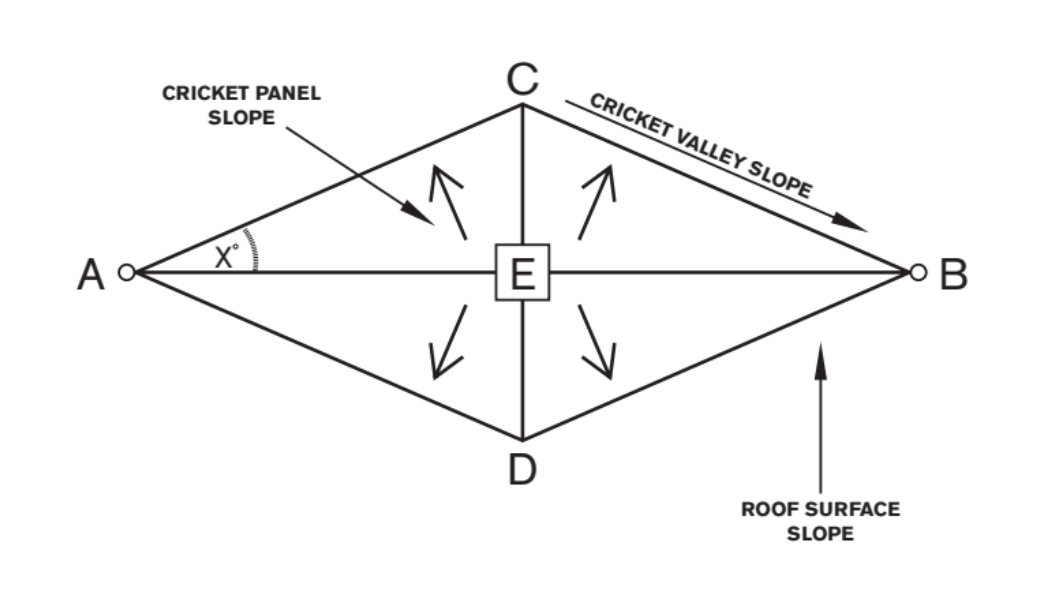The manufactured slope of the cricket panel.
Roof cricket design guidelines.
Since roof drains are rarely placed in the lowest point of a structural sloping roof deck crickets are usually needed.
When designing a cricket two items need to be designed slope and configuration of the cricket.
Jun 15 2017 explore anibal carbonell s board roof cricket on pinterest.
Properly designed they virtually eliminate ponding see photo 1.
See more ideas about roof roofing roof repair.
Columns beams and supporting walls usually occupy the low points forcing drain placements to be moved further up hill.
Polyiso xps and eps roof insulation all work well with quicket.
The industry rule of thumb is that the cricket panel slope should be twice that of the roof surface slope.
A general rule for designing sufficient slope in crickets is that its slope shall be twice.
A roof cricket is a ridge structure designed to divert water on a roof.
Previous ibc editions have the same requirement.
I e if the roof surface slope is 1 4 ft the cricket panel slope should be 1 2 ft there are exceptions to this rule please call us for further information.
International building code 2012 edition ibc 2012 section 1507 require ments for roof coverings states all membrane roof covering systems except coal tar built up roofs have a design slope minimum of one fourth unit vertical in 12 units horizontal 2 percent slope for drainage.
Design guidelines cricket panel slope is typically double the roof surface slope.
Roof crickets can be covered with metal flashing or with the same material as the rest of the roof.
The roof cricket is normally the same pitch as the rest of the roof but not always.
The functionality of the cricket is determined by the cricket valley slope.
Poor cricket design posted.
Roof cricket design guidelines i agree there is is no code for the cricket hence my building slightly steeper ones when in snow country or near a tall tree that drops seeds leaves to clog the shorter shallower valley sections of the cricket.
Roof crickets are found on the high side of a chimney or when one roof meets another.

